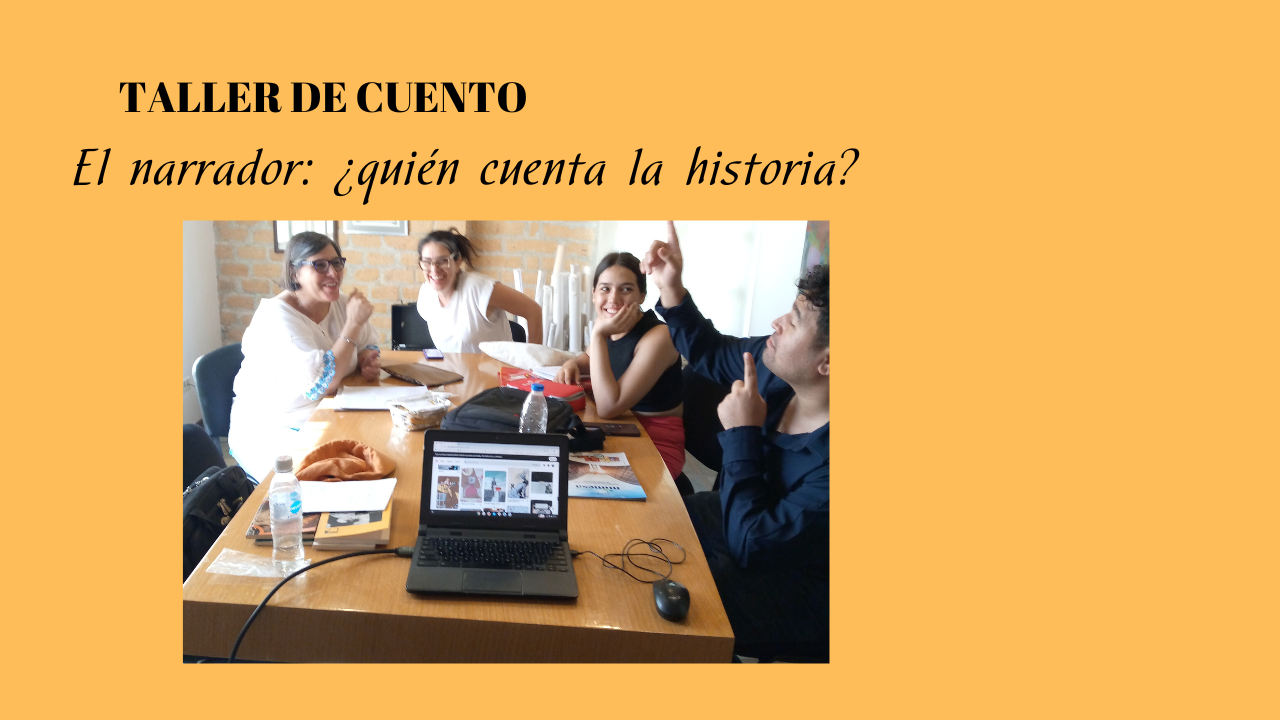
Banner diseñado por mí en canva.com La imagen fue tomada con la cámara de mi teléfono móvil
Banner designed by me on canva.com Image was taken with my mobile phone camera
Cuando escribimos un texto narrativo de ficción solemos pensar en los elementos de la historia: los personajes, los acontecimientos, el lugar donde se desarrolla la historia, pero es muy importante que no olvidemos los elementos expresivos de nuestra historia. Podemos imaginar una buena historia, pero si no dominamos una forma adecuada de contar la trama cuando la escribimos, esa historia fantástica no llegará al lector.
En los posts anteriores del Taller de Cuentos hablé de los elementos fundamentales de la historia ya mencionados (los personajes, los lugares) y de las secuencias narrativas (narración, diálogo, descripción). En este nuevo vídeo hablo del narrador, de los distintos tipos de narradores. Leo varias historias para ejemplificar los tipos de narrador. Quien cuenta la historia crea una perspectiva particular sobre los hechos narrados y determina el grado de objetividad o subjetividad de la historia.
<br

¿Quién es el narrador?
Es una creación ficticia que se expresa en el relato. Una especie de alter ego del autor concreto, es su representación en el texto. Existe una cierta conexión entre ambos en la medida en que la función del narrador va más allá del enunciado, no sólo narra acontecimientos, sino que también expone apreciaciones, reflexiones, articulaciones ideológicas. Sin embargo, no debemos confundir al narrador con el autor, el autor no existe como tal dentro del texto, Shakespeare, Cervantes, Cortázar están muertos, lo que sobrevive en sus textos es el narrador, la voz narrativa, a través de la cual fueron representados en sus obras.
Tipos de narrador
narrador protagonista
También conocido como narrador en primera persona. Este narrador cuenta sus propias experiencias. Se acerca más al público al que se dirige, ya que hay un mayor grado de subjetividad. El narrador controla el foco de atención. Es el protagonista, pero también el responsable de la narración.
narrador testigo
Aunque también narra en primera persona y forma parte de la trama, no es el protagonista de la historia. Suele tener un vínculo con el protagonista, se identifica con él o puede ser su enemigo. Por lo tanto, también existe una perspectiva subjetiva de la historia.
narrador omnisciente
También se le conoce como narrador en tercera persona. En principio, es el narrador con mayor distancia, mayor objetividad, en el sentido de que no forma parte de la historia, pero conoce todo lo sucedido. Sin embargo, dentro de la narración en tercera persona, también puede haber cierto grado de subjetividad si el narrador toma partido por el protagonista o los personajes de forma explícita.
narrador polifónico
Como expresó Bajtín en su obra "Problemas de la poética de Dostoievski", en un texto narrativo puede haber varios narradores, en ese caso, tenemos diferentes perspectivas de la misma historia. O puede que la narración comience en primera persona y luego el narrador vaya al pasado para contar una historia y cambie a un narrador testigo o a un narrador en tercera persona.
Querido lector, espero que esta información te haya sido útil. Y tú, ¿qué tipo de narrador utilizas? ¿te animas a probar otro tipo de narrador de los que te hablé en el vídeo? Si lo haces, déjame un enlace en los comentarios para leerte.
Les comparto links de los post previos del taller de cuento para que puedan consultarlos quienes tengan interés:
https://peakd.com/hive-164241/@beaescribe/uqdgkmwa La descripción
https://peakd.com/hive-145796/@beaescribe/zmlicxlh Secuencias narrativas: el diálogo
https://peakd.com/hive-145796/@beaescribe/rfknkuaf Los personajes y sus roles
https://peakd.com/hive-179291/@beaescribe/xdqivyjr Presentación del taller de cuento
Bibliografía consultada
Bal, M. Teoría de la narrativa. Madrid: Cátedra, 1998.
Calsamiglia, B. y Tusón A. Las cosas del decir. Barcelona: Ariel, 1999.
Díaz Mindurry, Liliana y Laura Massolo. Armar un cuento. Buenos Aires: Ediciones Ruinas Circulares, 2009.
Márquez Rodríguez, A. La comunicación impresa. Teoría y práctica del lenguaje periodístico. Caracas: Ed. Síntesis, 1976.
Parada, J.M. Caminos del cuento o contar de súbito. Barquisimeto: Escuela Literaria del Sur, 2010.

ENGLISH VERSION
When we write a narrative fiction text we usually think about the elements of the story: the characters, the events, the place where the story takes place, but it is very important that we do not forget the expressive elements of our story. We can imagine a good story, but if we do not master a proper way of telling the plot when we write it, that fantastic story will not reach the reader.
In the previous posts of the Story Workshop I talked about the fundamental elements of the story already mentioned (the characters, the places) and the narrative sequences (narration, dialogue, description). In this new video I discuss the narrator, the different types of narrators. I read several stories to exemplify the types of narrator. Who tells the story creates a particular perspective on the events narrated and determines the degree of objectivity or subjectivity of the story.

Who is the narrator?
It is a fictitious creation that expresses itself in the story. A sort of alter ego of the concrete author, he is his representation in the text. There is a certain connection between the two insofar as the narrator's function goes beyond the statement, he/she not only narrates events, but also puts forward appreciations, reflections, ideological articulations. However, we must not confuse the narrator with the author, the author does not exist as such within the text, Shakespeare, Cervantes, Cortázar are dead, what survives in their texts is the narrator, the narrative voice, through which they were represented in their works.
Narrator Types
protagonist narrator
Also known as the first-person narrator. This narrator recounts his own experiences. The author is closer to his intended audience, as there is a greater degree of subjectivity. Narrator controls the focus of attention. He is the protagonist but is also responsible for the narrative.
witness narrator
Although he also narrates in the first person and is part of the plot, he is not the protagonist of the story. He usually has a bond with the protagonist, identifies with him, or he may be his enemy. Therefore, there is also a subjective perspective of the story.
omniscient narrator
It is also known as third person narrator. In principle, it is the narrator with greater distance, greater objectivity, in that he is not part of the story, but knows everything that happened. However, within the third-person narration, there can also be a certain degree of subjectivity if the narrator takes sides with the protagonist or characters explicitly.
polyphonic narrator
As Bakhtin expressed in his work "Problems of Dostoyevsky's Poetics", in a narrative text there can be several narrators, in that case, we have different perspectives of the same story. Or the narrative may begin in the first person and then the narrator goes into the past to tell a story and changes to a witness narrator or third person narrator.
Dear reader, I hope this information has been useful to you. And you, what type of narrator do you use? do you dare to try another type of narrator that I told you about in the video? If you do, leave me a link in the comments to read it.
I am sharing links to the previous posts of the storytelling workshop for those who are interested:
https://peakd.com/hive-164241/@beaescribe/uqdgkmwa La descripción
https://peakd.com/hive-145796/@beaescribe/zmlicxlh Secuencias narrativas: el diálogo
https://peakd.com/hive-145796/@beaescribe/rfknkuaf Los personajes y sus roles
https://peakd.com/hive-179291/@beaescribe/xdqivyjr Presentación del taller de cuento
bibliography consulted
Bal, M. Teoría de la narrativa. Madrid: Cátedra, 1998.
Calsamiglia, B. y Tusón A. Las cosas del decir. Barcelona: Ariel, 1999.
Díaz Mindurry, Liliana y Laura Massolo. Armar un cuento. Buenos Aires: Ediciones Ruinas Circulares, 2009.
Márquez Rodríguez, A. La comunicación impresa. Teoría y práctica del lenguaje periodístico. Caracas: Ed. Síntesis, 1976.
Parada, J.M. Caminos del cuento o contar de súbito. Barquisimeto: Escuela Literaria del Sur, 2010.
Translation to english by DeepL.com
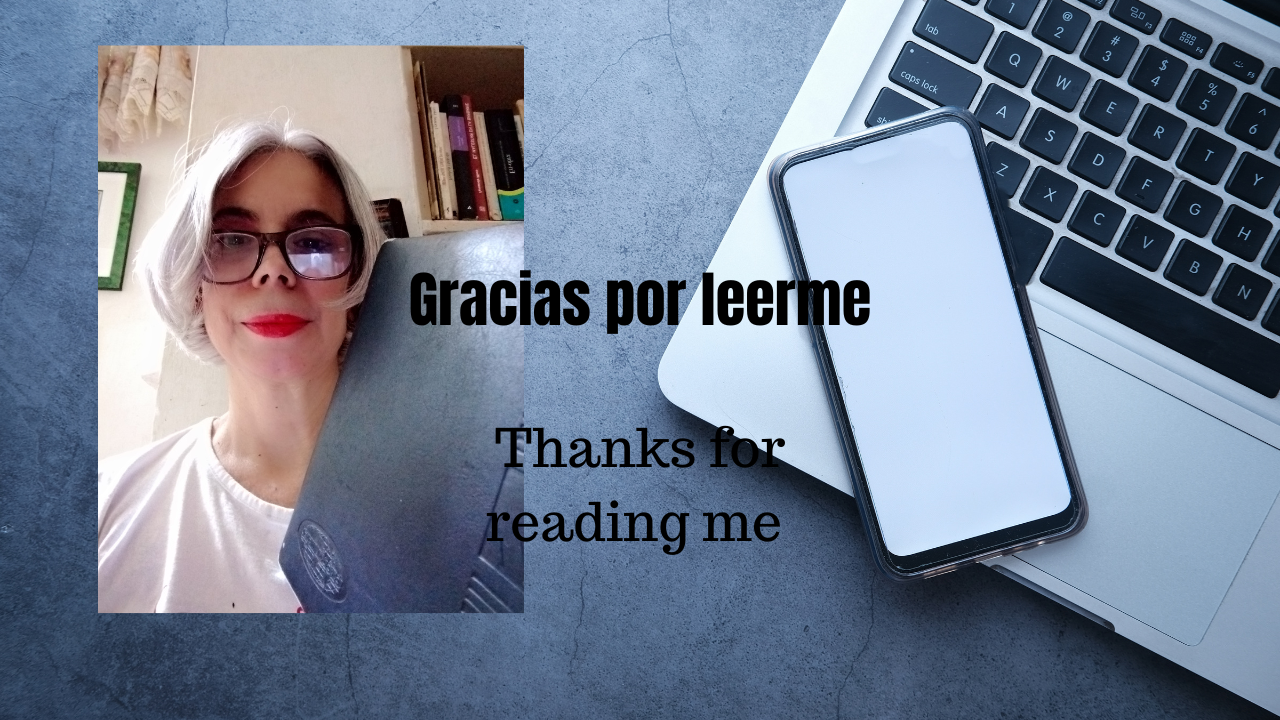






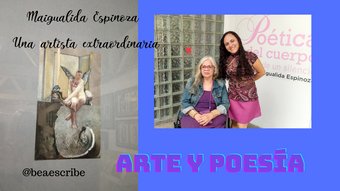







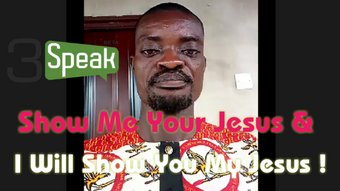
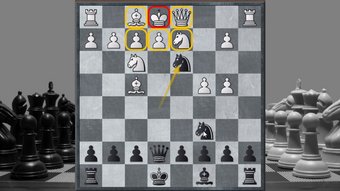






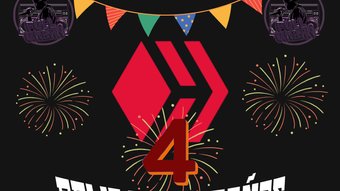





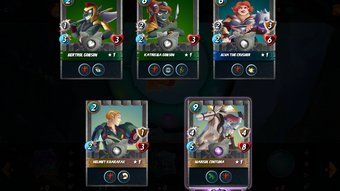
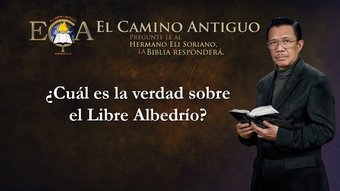

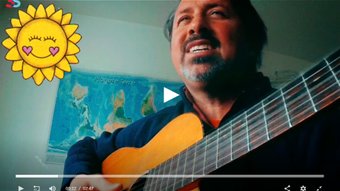
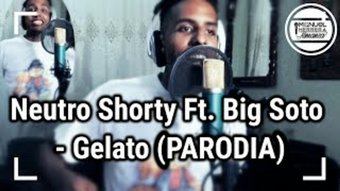

Comments:
Reply:
To comment on this video please connect a HIVE account to your profile: Connect HIVE Account